Energy Insider: China On Track to Hit Renewables Goal Early, City Waives Highway Tolls for Hydrogen Vehicles
Listen to the full version

In this week’s Caixin energy wrap, we analyze China’s biggest climate and energy news on policy, industry, projects and more:
● Beijing sets up $828 million fund for solid-state batteries
● China said to hit wind and solar goal six years in advance
● Battery-makers concerned about EU carbon footprint rules
● Major pumped-storage power station begins operation
● Coal capital steps up support for hydrogen vehicles

Download our app to receive breaking news alerts and read the news on the go.
Get our weekly free Must-Read newsletter.
- DIGEST HUB
- Beijing has established a $828 million fund to boost the development of solid-state batteries for electric vehicles.
- China is projected to achieve its 2030 wind and solar power capacity goal this year, six years early.
- Chinese battery-makers are advocating for a carbon footprint database to comply with new EU regulations.
This week’s Caixin energy wrap covers significant developments in China’s climate and energy sector, including policy updates, industry advancements, and new projects. Key highlights include the establishment of an $828 million fund for solid-state batteries, China hitting its wind and solar power goals earlier than expected, concerns from battery manufacturers about new EU carbon footprint regulations, the commencement of a major pumped-storage power station, and the support for hydrogen vehicles in China’s coal capital, Ordos.
China has created a dedicated fund worth approximately 6 billion yuan ($828 million) to promote the development of solid-state batteries for electric vehicles (EVs). An industry insider revealed that this initiative indicates China’s eagerness to commercialize this groundbreaking technology quickly. The fund is relatively small but signifies China's ambition to lead the global race in developing longer-range and safer EV batteries. Battery makers and EV manufacturers must cooperate to apply for this fund[para. 1][para. 2][para. 3][para. 4].
Solid-state batteries use solid electrolytes and are considered a potential game-changer for the EV industry. They offer significant performance improvements, safety advantages, and reduced charging times compared to current lithium-ion batteries, which can power cars for up to 373 miles on a single charge. In contrast, solid-state batteries could enable an EV to travel over 1,000 miles on a single charge[para. 5][para. 6][para. 7].
China is projected to surpass its 2030 wind and solar power target six years ahead of schedule, according to the International Energy Agency (IEA). The country aims to install more than 1,200 gigawatts (GW) of wind and solar capacity by 2030, but it is expected to reach this goal within the current year. As of April, China had already achieved a total wind and solar capacity of 1,130 GW. Additionally, China’s total renewable power capacity — including wind, solar, hydro, and thermal power — is expected to grow by 2.5 times between 2022 and 2030, potentially exceeding 3,000 GW[para. 9][para. 10][para. 11]. The rapid scale-up of China’s renewable capacity is deemed crucial for global energy transition efforts, with nearly 120 nations committing to triple the world's installed renewable energy generation capacity by 2030[para. 12][para. 13].
Executives at Chinese battery firms are advocating for the establishment of a carbon footprint database to comply with the EU's new carbon footprint calculation rules for EV batteries[para. 14][para. 15][para. 16]. The rules require collecting extensive data from upstream suppliers, which poses a challenge due to the lack of a comprehensive carbon footprint calculation system in China. By February 18, 2025, companies will need to declare the carbon footprint of EV batteries sold in the EU, with further regulations and thresholds to be implemented in subsequent years[para. 17][para. 18].
In Chongqing, a major pumped-storage hydropower station has begun full operation. The 7.1 billion yuan ($10 billion) facility features a total capacity of 1.2 GW and is expected to generate 2,004 gigawatt-hours of electricity annually. This is equivalent to saving 152,300 tons of standard coal and reducing carbon emissions by 398,700 tons. Pumped-storage hydropower is pivotal for energy storage, enhancing energy security, and facilitating the energy transition in China. As of the end of 2022, China had built 45.79 GW of pumped-storage hydropower stations, representing the largest capacity in the world[para. 20][para. 21][para. 22][para. 23][para. 24].
In Ordos, Inner Mongolia, a new policy has been introduced to support hydrogen-fueled vehicles. The city will reimburse highway tolls charged to these vehicles each month. This initiative is part of broader efforts by various regions, including Shandong and Chengdu, to foster the adoption of hydrogen-powered cars[para. 25][para. 26][para. 27][para. 28]. The central government has incentivized this transition by awarding 1.14 billion yuan across 23 cities and zones for hydrogen fuel cell vehicle demonstration projects[para. 29][para. 30].
- Sunwoda Electronic Co. Ltd.
- Sunwoda Electronic Co. Ltd. is a Chinese battery manufacturer. A vice president of the company, Liang Rui, highlighted the challenges posed by the EU's new carbon footprint rules for EV batteries. He mentioned that setting up a comprehensive carbon footprint calculation system in China is crucial to meet these regulations, as the current quality and availability of data are insufficient.
- Eve Energy Co. Ltd.
- Eve Energy Co. Ltd. is a Chinese battery manufacturer. According to Xiao Zhongxiang, the assistant to the chairman, the company faces challenges compared to global rivals due to China's reliance on fossil fuels, resulting in a grid emission factor about 30% higher than Japanese and South Korean counterparts.
- By the end of 2022:
- China had installed 1,213 GW of renewable capacity.
- By the end of 2022:
- China had built 45.79 GW of pumped-storage hydropower stations.
- April 2024:
- China's total wind and solar capacity stood at 1,130 GW.
- May 30, 2024:
- The fourth and last 300-megawatt turbine of the major pumped-storage hydropower station in Chongqing was commissioned.
- June 1, 2024:
- Inner Mongolian city of Ordos implemented a new policy to return highway tolls charged to hydrogen-fueled vehicles to the drivers.
- June 4, 2024:
- The International Energy Agency (IEA) published a report projecting that China will hit its 2030 wind and solar target this year.
- GALLERY
- PODCAST
- MOST POPULAR
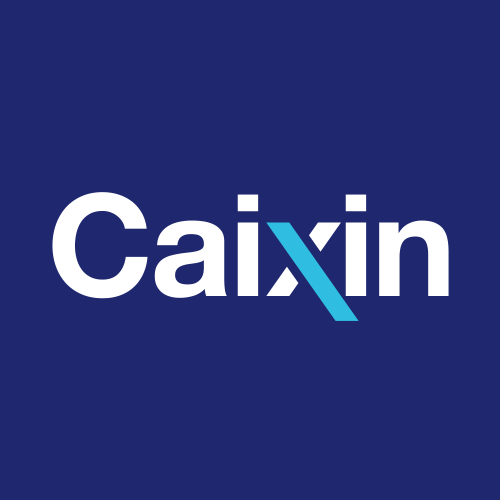

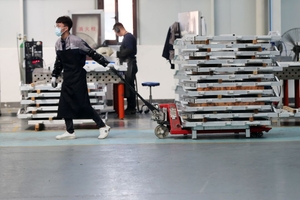
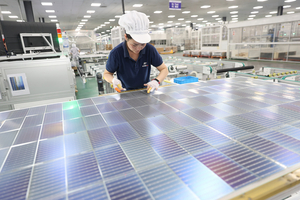
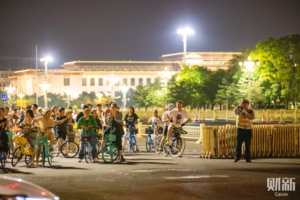


 Sign in with Google
Sign in with Google
 Sign in with Facebook
Sign in with Facebook
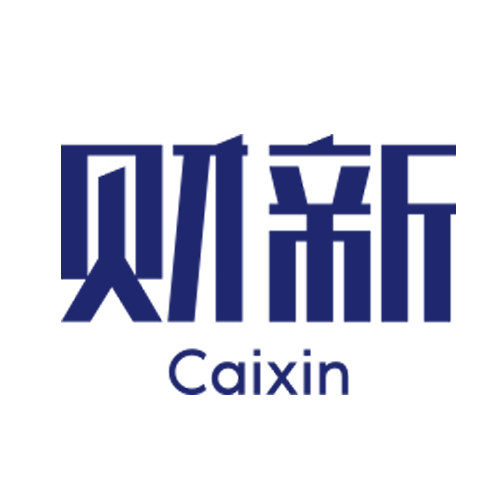 Sign in with 财新
Sign in with 财新